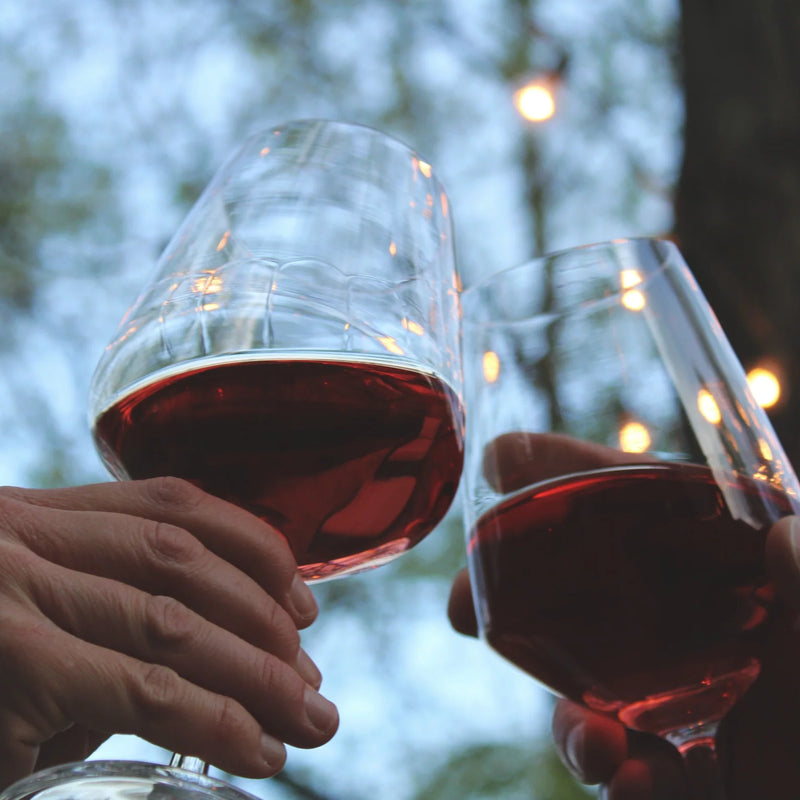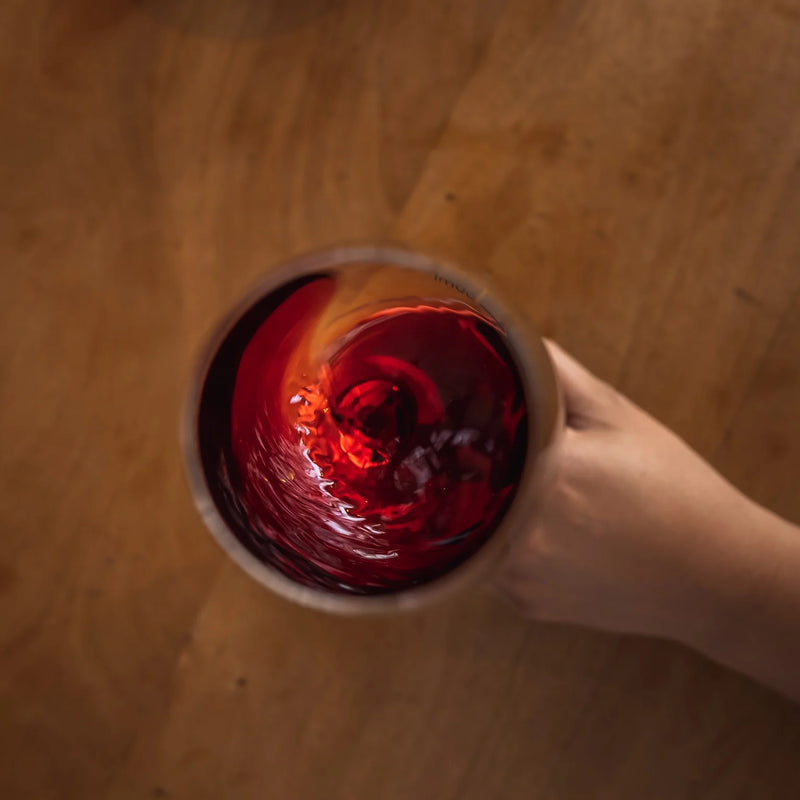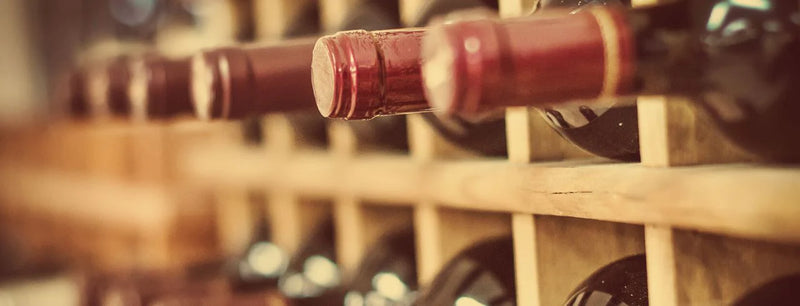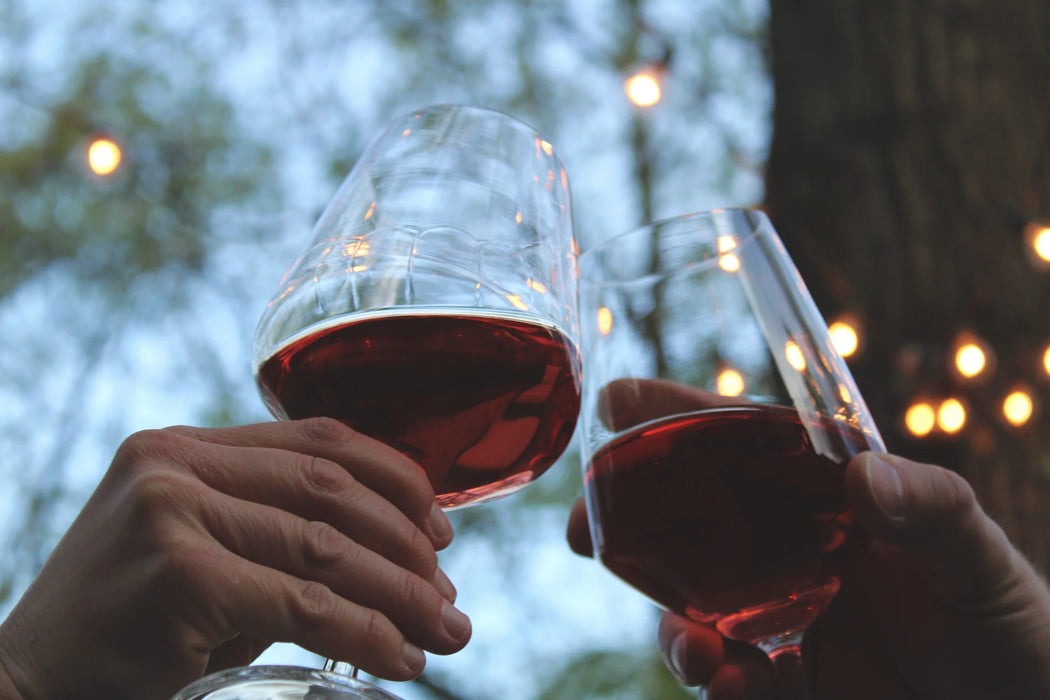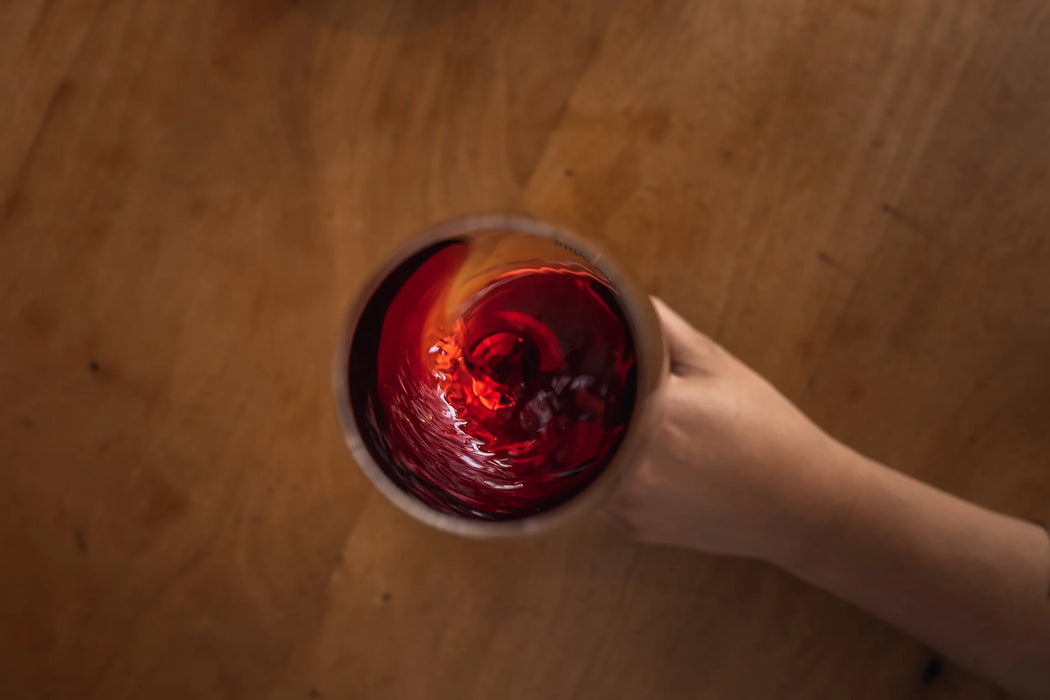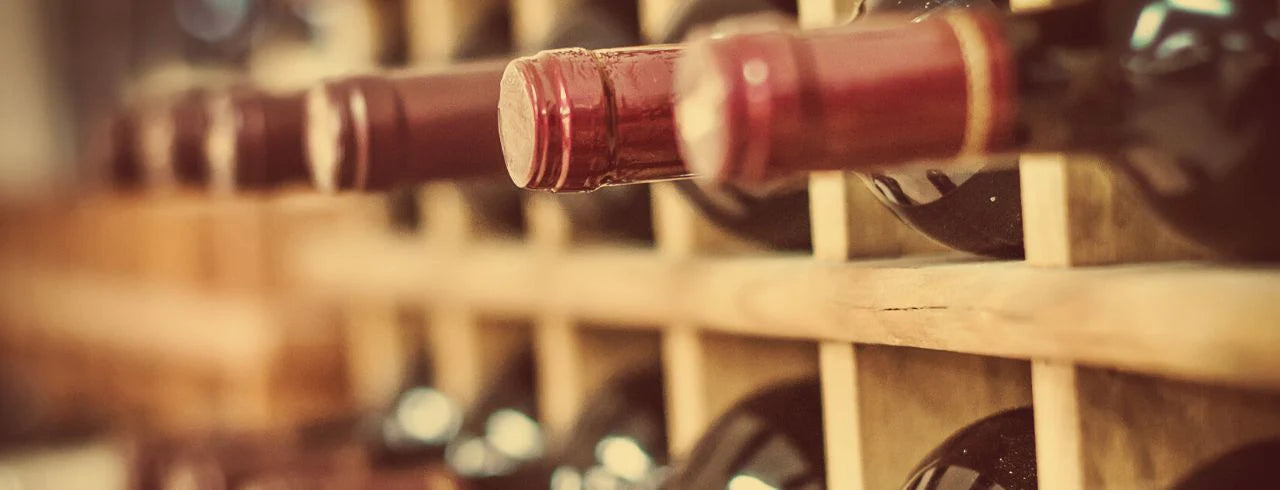
Malbec vs. Merlot
Malbec and Merlot are two popular red wines known for their juicy dark fruit notes and French origins. Despite appearing the same on the surface, these decadent reds have several differences.
Let’s look deeper into the similarities and opposing qualities between Malbec and Merlot.
Merlot vs. Malbec Origins
Famously used in Bordeaux blends, both Malbec and Merlot can be found in this region of France. However, only one has roots in Bordeaux, as Malbec first appeared in Cahors around the 1500s.
Today, Malbec is most associated with Argentina since European settlers introduced the varietal in the mid-1800s. It is also grown in the Loire Valley wine region, Australia, the United States, and New Zealand. Regarding Merlot, you can find this grape in places such as Chile, Australia, the United States, Italy, and Argentina, although Malbec still reigns in the last location mentioned.
Let’s start with Malbec as we explore what makes these two wines unique.
What Kind of Wine is Malbec?
Malbec is a deep purple wine with notable blackberry, plum, vanilla, cocoa, and spice flavors. One of the major things that sets Malbec apart from Merlot is its spicy quality. It is bold and full-bodied with medium tannins and acidity, making it much more robust than Merlot. Malbec grapes are small and dark with thick skins, giving the wine ripe fruit and berry flavors. Despite its fruit notes, Malbec is a dry red wine, meaning it has less than one gram of sugar per glass.
Like most wines, Malbec’s taste can vary depending on where its grapes are grown. For example, French Malbec tends to be firmer and earthier, whereas Argentine Malbec is softer and rounder, with fruit notes that taste richer and riper. Malbec takes well to oak aging, adding spicy tobacco notes to the wine.
Now that we understand Malbec’s flavor profile, let’s look at the best food pairings for this wine.
Best Food Pairings for Malbec
With its bold structure and flavor profile, Malbec wines are ideally suited for barbecued red meats, strong cheeses like blue cheese and aged cheddar, and hearty stews. If you’re preparing a hearty meal, chances are Malbec will be a great companion.
Now that we’ve explored Malbec’s characteristics, let’s look at Merlot’s unique qualities.
What is Merlot?
Merlot’s name comes from the French word for ‘blackbird,’ an ode to birds often seen in the vineyards. It is thought that the dark blue Merlot grapes must have had a similar color as the birds. Unlike Malbec, these grapes ripen early and have softer, thinner skins and fewer tannins.
Merlot has historically been used as a blending grape with Cabernet Sauvignon in Bordeaux blends. However, it is also well known as a standalone varietal today. It is also the most prevalent grape variety in France.
This wine is characterized by its fruit-forward notes like black cherry and plum. It boasts a medium body, smooth tannins, balanced acidity, and additional decadent notes like chocolate and dried herbs. Like Malbec, Merlot is well-suited for barrel aging, which adds those undertones of vanilla and chocolate.
We’ve now addressed Merlot’s decadent and fruity flavor profile, so let’s see which foods pair well with this type of wine.
Best Merlot Food Pairings
While Malbec and Merlot are well-suited for barbecue beef, Merlot shines when paired with pork and substantial poultry dishes. If you are serving a pasta dish, especially one doused in red sauce and meat, Merlot should be your instant go-to. This wine is best served at room temperature.
Click here for more on the best Merlot food pairings.
Now that we’re up to speed on food pairings, we have one more comparison for you.
Malbec vs. Cabernet vs. Merlot
If you were to have a blind tasting with Malbec, Merlot, and Cabernet Sauvignon, you would notice that these wines are incredibly fruit-forward, with ripe black fruit and berry flavors. But unlike the smooth tannins and acidity of Malbec and Merlot, Cabernet Sauvignon is characterized by palpable acidity and medium to high tannins. This gives your palate that puckering feeling.
Cabernet Sauvignon is dry and full-bodied with black cherry, blackberry, blackcurrant, green bell pepper notes, peppery tobacco, wood, and vanilla flavors that develop from aging oak. Regarding hue, it is a deeper, more ruby color than Merlot, which is lighter and more purple.
These are not light-bodied, fruit-forward red wines like the delicate Pinot Noir. Despite their differences, Merlot, Malbec, and Cabernet Sauvignon are rich, fruit-forward, dry red wines.
A Wrap-Up on Malbec and Merlot
Malbec and Merlot are decadent, dry red wines with unique histories and qualities.
You can find various vintages from regions worldwide of Merlot, Malbec, and Cabernet Sauvignon over at the Wine Insiders Shop.
Whether you’re craving a spicy Malbec from Argentina or a smooth, fruity Merlot from France’s Bordeaux region, we’ve got you covered.
Shop our Award Winning Bordeaux Collection here.
Thank you so much for joining our varietal breakdown, and happy sipping!






